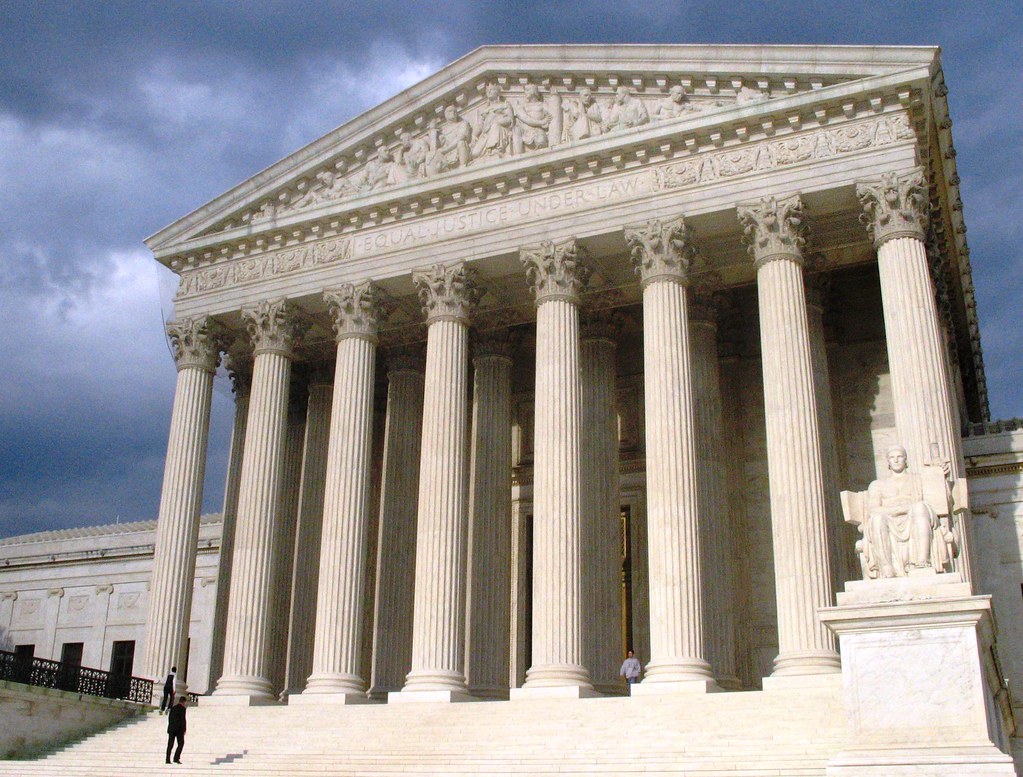Key Takeaways:
- The Supreme Court may rewrite redistricting rules.
- The core issue is using race when drawing maps.
- Experts warn this could reshape many elections.
- Voters nationwide might see new district lines.
Redistricting on the Line at the Supreme Court
The Supreme Court’s conservative majority hinted it could overturn a key rule in the Voting Rights Act. At issue is whether lawmakers can consider race when drawing congressional districts. This case comes from Alabama, where map lines were challenged for diluting minority votes. During oral arguments, justices asked pointed questions about race and representation. As a result, redistricting could look very different across the country. Many fear this shift could weaken protections for minority communities.
What Is Redistricting and Why It Matters
Redistricting means drawing new lines for voting districts every ten years. Lawmakers use census data to adjust for population changes. Yet sometimes they also use politics or race to shape who wins elections. When race matters too much, courts can step in. The Voting Rights Act sought to stop maps that unfairly hurt minority voters. Now, the Supreme Court’s decision may redefine what counts as unfair. If race-based safeguards fall, states could redraw maps with fewer checks.
Experts Weigh In on Potential Shifts
Ali Rogin spoke with Amy Howe, a Supreme Court analyst. She co-founded a respected blog about the Court’s work. Howe noted that the conservative justices seem ready to limit race-based rules. She said this could affect redistricting from coast to coast. David Wasserman, a senior editor at a nonpartisan election board, added that maps often shape which party controls Congress. Therefore, any change could give one party an edge in key states. Both experts agree the stakes are very high.
How Race Plays into Redistricting Today
Currently, Section Two of the Voting Rights Act bans maps that dilute minority voting power. Courts look at factors like the shape of districts and election history. If a map slices a minority community into parts, it may violate the rule. However, the Supreme Court now seems ready to narrow what counts as a violation. This could make it harder for voters to challenge maps they see as unfair. Moreover, states that once faced strict oversight may gain more freedom in drawing lines.
Possible Outcomes from the Supreme Court
If the Court limits race-based rules, several things could happen. First, fewer maps would face legal challenges. Second, states may push through more partisan lines. Third, minority groups could lose seats in Congress. Finally, overall trust in elections might drop if voters feel shut out. On the other hand, some argue stronger rules would let politicians pick voters, not the other way around. Either way, the coming ruling will leave a big mark on redistricting.
Reactions from Across the Country
Civil rights groups warn this change could weaken voter protection. They fear many communities will struggle to elect their preferred leaders. Yet some political leaders praise a move away from race-based rules. They argue that redistricting should focus on equal population, not identity. Meanwhile, voters in some states already watch new maps for signs of gerrymandering. As a result, debate over fair maps grows louder every year.
How This Decision Could Shape Future Elections
Maps drawn now will last until the next census, almost a decade. Therefore, any new redistricting rules will impact many election cycles. Future candidates will run in districts defined by these decisions. Voters may find their addresses in entirely new districts. Thus, local races, Congress seats, and even presidential elections could shift. In addition, public trust may hinge on how fair maps appear.
What Happens Next
The Supreme Court is expected to decide by summer. Until then, lower courts may pause map challenges. States could also delay finalizing their districts. Meanwhile, advocates prepare new arguments to protect voting rights. As the clock ticks, both sides brace for a landmark ruling. In the end, redistricting rules will either stay the same or face a major overhaul.
FAQs
Could this ruling end race-based protections in redistricting?
The Court could limit how race factors into map drawing. Yet some protections may remain under different laws.
How will this affect minority voters?
If safeguards weaken, minority communities might see fewer representation options in Congress.
What can voters do now?
Citizens can join public hearings, contact lawmakers, and support advocacy groups that monitor map drawing.
When will we know the Supreme Court’s decision?
A ruling is likely by next summer, just before the next election cycle heats up.

